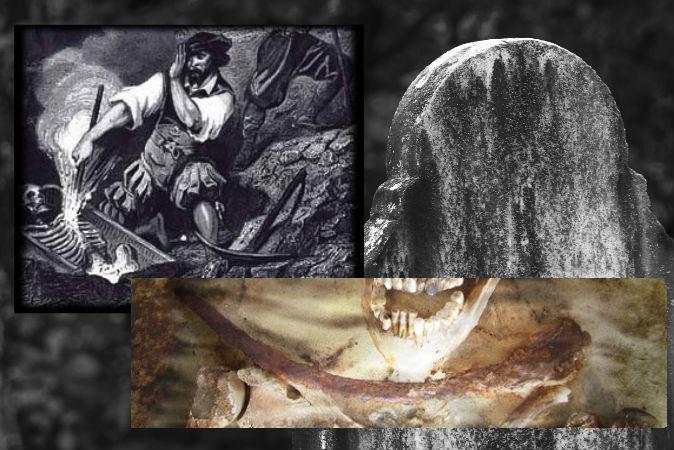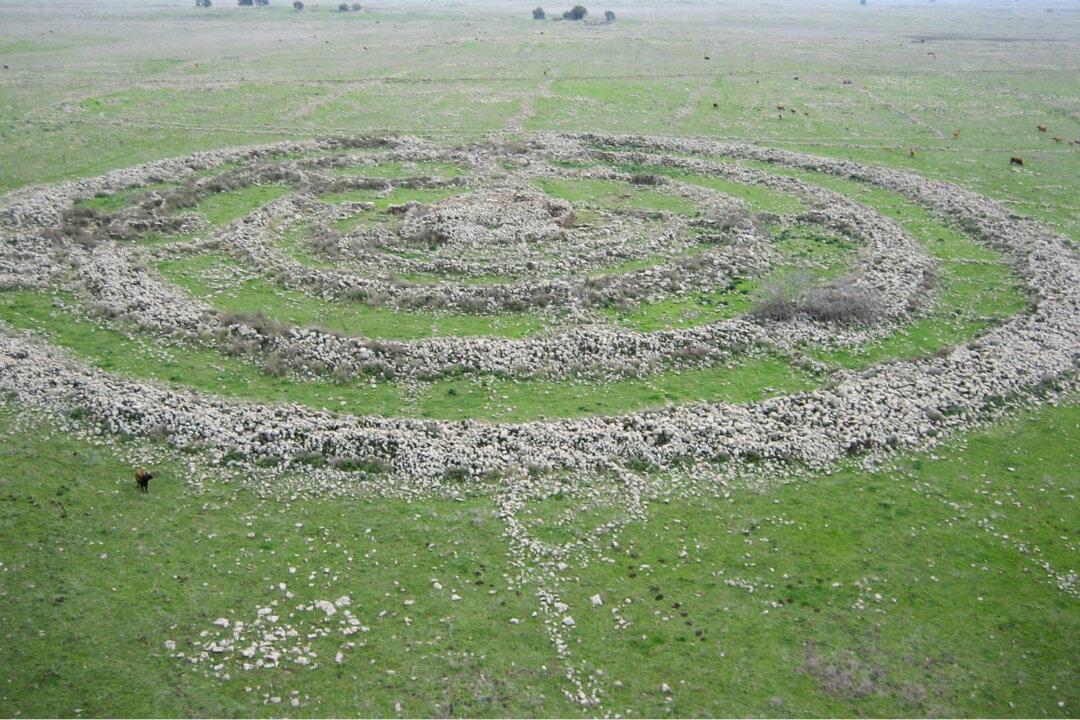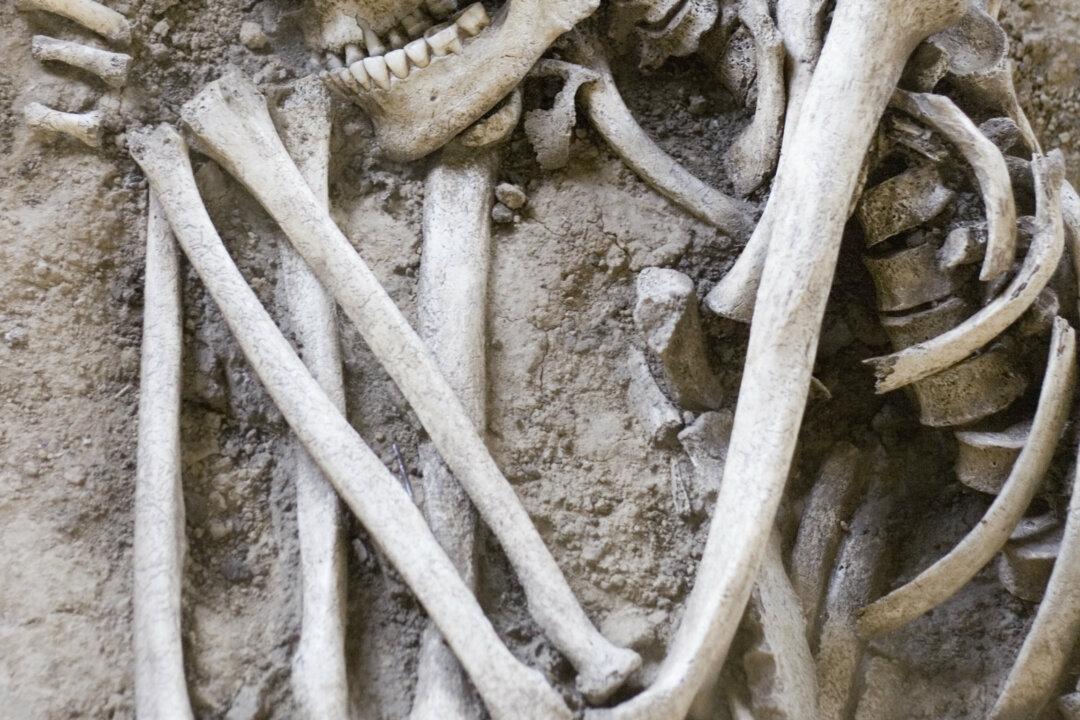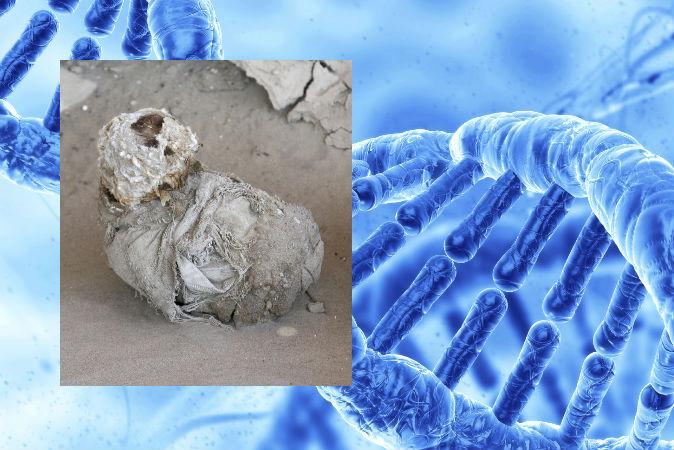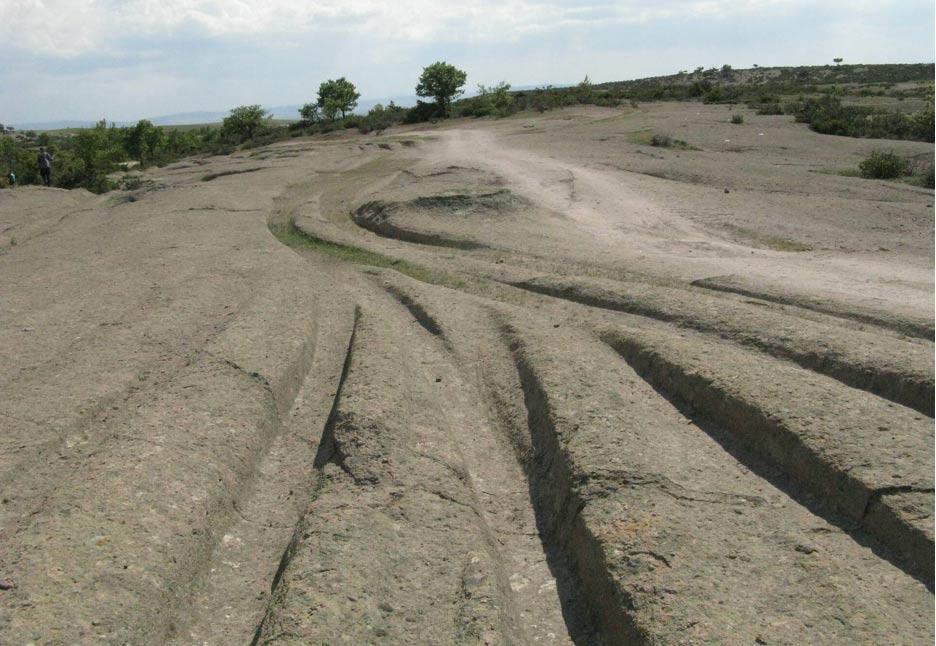Researchers have examined the skeletal remains of 17th century graves in northwestern Poland and have speculated that the ones given vampire burials may have actually been cholera victims, explaining the extra precautions the villagers took in dealing with their bodies.
Lesley Gregoricka from the University of South Alabama and colleagues have published a study in the journal PLOS One, detailing the apotropaic burials (involving rites and items designed to avert evil), and how they relate to the vampire lore of Eastern Europe.
Such popularly named “vampire graves” occurred predominantly in the post-medieval period and across the continent–Czech Republic, Slovakia, Italy, Ireland, and Greece to name only a few locations. Bodies are often found to have strange items buried with them or on them. Some have iron stakes driven through their torsos, yet others have bricks or stones found in their mouths. Some have stones placed on their necks. These apotropaic symbols and artifacts were used to ward off evil influences, a magical practice that existed around the globe throughout history.
A thread connects most of these burials, including the graves found at Drawsko in northwestern Poland, in that they seem to have suffered through epidemics, or illnesses.
According to DiscoveryNews, between 2008 and 2012, 285 human skeletons were unearthed in Drawsko. The remains date to the 17th and 18th centuries, and are made up of all ages, and both sexes. Among the 285 are six vampire burials: one adult male, three adult females, and two youths - one female, one gender unknown.
Gregoricka, in the PLOS One study, writes of the burials, “Of these six individuals, five were interred with a sickle placed across the throat or abdomen, intended to remove the head or open the gut should they attempt to rise from the grave.” These practices were purposeful treatment of the dead, who were considered at risk of becoming vampires and returning to the village to feast on the living or infect the healthy with their curse.

